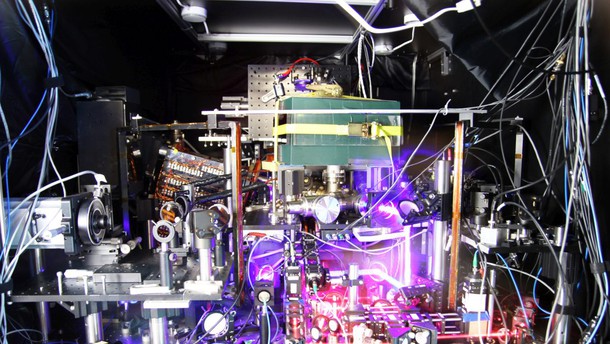
The National Institute of Standards and Technology (NIST) at the University of Colorado in Boulder (Colorado, USA) developed a so-called strontium clock. Laser measurement of strontium atom movements in a very narrow space is the basic principle of its operation. Strontium atoms have, by their intrinsic nature, a constant resonance frequency every 430 trillion-part of a second. This measurement gives the clock its operating frequency.
Development of the clock took several years, and a number of records in accuracy have been shattered during that period. Innovative design improved the accuracy of existing strontium clocks by a magnitude of 3. For example: a clock within a time domain that is greater than the known age of our outer space loses or gains only 1 second, and is so accurate that a minimal movement of 2cm (force of gravity) can influence the operation and degree of accuracy.



